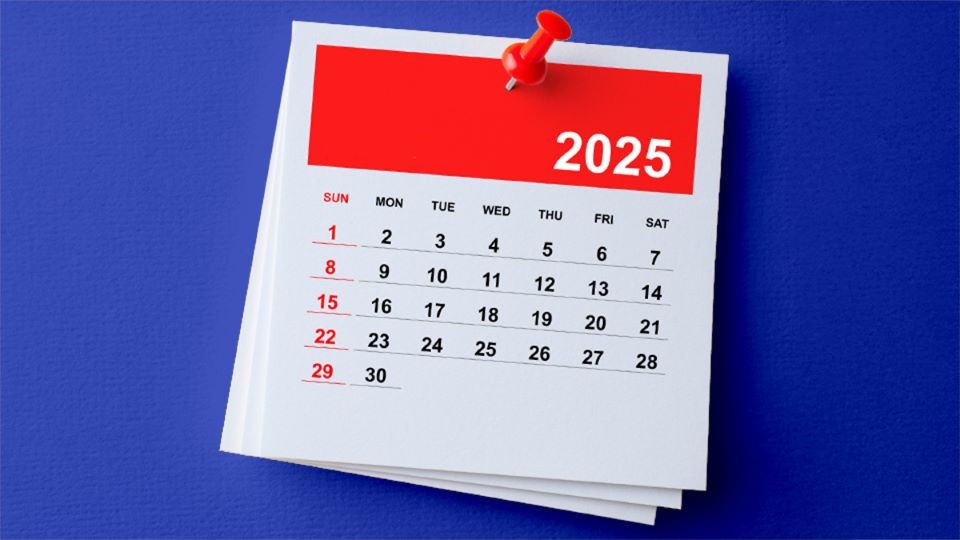More than 60 representatives of brands, nonprofits, publishers and other large customers of the U.S. Postal Service gathered in Milwaukee March 12-14 to discuss optimization strategies in the face of ongoing postal increases. Here are some of the highlights and key insights:
In setting the stage for the conference, Quad President, Chairman and CEO Joel Quadracci spoke of the challenging postal environment and shared his frustration with the audience about the impact of ongoing price increases. He noted that the Postal Service has a difficult job — delivering to every address in America — and are effectively operating a highly complex logistics network to do so. But, he said, recent decisions on postal rates “are putting you all in jeopardy. Of all the years that I’ve been involved in postal affairs, I’ve never seen something quite like this. It’s pretty amazing.”
Serving as host, Quad Executive Vice President & Chief Administrative Officer Don McKenna laid out the agenda for the conference, and also took time to praise Quad Executive Director of Postal Solutions Jeff Henke, who is retiring: “Jeff and I started working together closely in early 2016. We have basically been meeting weekly for over eight years. I’ve enjoyed working with Jeff and admire his pursuit of excellence. I am happy for Jeff, but will miss our weekly meetings.”
Offering the perspective of the U.S. Postal Service, Sharon Owens, Vice President, Pricing & Costing, USPS, previewed the April 2024 price change, which is scheduled to be implemented July 14. Owens stressed that rates are affected by a wide range of variables, and that the Postal Service remains committed to aggressive cost reductions in transportation and delivery. Current administrators “see so much opportunity to change the way we think about things and change the way we do things,” she said, “and not accept that it can’t be done. There are a lot of costs we need to go after.” On April 9, the Postal Service filed notice with the Postal Regulatory Commission of its plans for the year’s second rate increase.
Focusing on available cost-saving measures that USPS customers can deploy, Brian Schneider, Quad’s Director of Postal Optimization, highlighted Quad’s array of programs designed to ease the burden of postal price increases. He stressed the importance of viewing the solutions together rather than as individual programs. “There is no silver bullet,” Schneider said. “There isn’t one thing that’s going to fix all this. It’s a layering effect, and that’s how we have to think about postal optimization.”
Direct mail clients focused on ways to increase response rates during a panel moderated by Scott Harvey, Quad’s VP of Enterprise Solutions. In response to a question from a nonprofit mailer, Harvey noted that understanding customers through data can provide solutions. For instance, in nonprofit mail, “35-year-olds and younger really like to see their name,” he said. “I think the sweet spot is around four times, minimally.”
Drilling down into one specific area for savings, Kara Richmond, Quad’s Postal Solutions Consulting Manager, discussed the importance of USPS Postal Promotions & Incentives and how best to take advantage of them. While on their face the programs may seem to offer only modest cost reductions, those savings can add up. “Some of these promotions are really, really simple,” Richmond said. “It just makes sense to go ahead and register and take the discount.”
During a panel titled “Mill to Mailbox,” Quad’s Adam Craft, Vice President of Logistics and Supply Chain, and Chris Grond, Quad’s President of Paper Services, provided the outlook for paper, freight and raw materials supply and pricing. Craft showed graphics signaling labor challenges from the freight markets. “There are a lot of truckload carriers and drivers who are exiting the industry and going out of business,” he said.
Conference attendees also learned about ways they can have an impact on the USPS pricing model from Pat Henderson, Quad’s Executive Director, Public & Regulatory Affairs, who urged clients to get involved in educating lawmakers and other leaders about the challenges. “They [the Postal Service] are increasing their rates at the same time as their productivity is going down,” he said. “This is really an untenable situation.”



